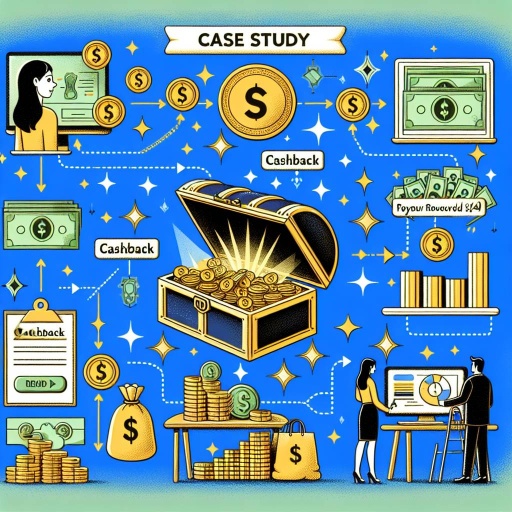In the age of digital spending, cashback rewards programs have emerged as significant avenues for passive income. This case study delves into the experience of Jane, a tech-savvy millennial, who leveraged cashback rewards to not only save money but also generate a sustainable stream of passive income. We will explore the context, challenges faced, strategies implemented, outcomes, and valuable insights from Jane’s journey.

Challenges
- Understanding Complex Reward Structures: Jane initially struggled to comprehend the varying cashback percentages across different categories of spending. Each card had different benefits, timelines, and redemption processes, leading to confusion and missed opportunities.
- Impulse Spending and Discipline: Despite her intentions to use cashback rewards strategically, Jane often found herself making impulse purchases that did not align with her cashback goals, diluting the potential benefits.
- Maximizing Benefits During Promotions: Jane often overlooked promotional offers and seasonal boosts in cashback percentages, which meant she didn’t always maximize her potential earnings.
Strategies
- Thorough Research and Comparison of Cards: Jane dedicated time to researching cashback credit cards that best matched her spending habits. By comparing various offerings, she narrowed it down to two cards with complementary rewards structures – one for groceries and another for travel.
- Setting a Budget and Tracking Spending: To combat impulse purchases, Jane created a detailed monthly budget that clearly outlined her discretionary spending. She used budgeting apps that linked directly to her financial accounts to keep track of eligible cashback categories.
- Staying Informed on Promotions: Jane subscribed to newsletters and apps that alerted her of upcoming cashback promotions, deals, and seasonal categories. This proactive approach allowed her to time her purchases effectively.
Outcomes
- Monthly Passive Income Stream: After six months of diligent use, Jane reported an average of $150 in cashback rewards per month, totaling $900 in passive income over the year, greatly surpassing her initial expectations.
- Improved Financial Discipline: By adhering to her budget and carefully monitoring her spending, Jane developed better spending habits overall, leading to enhanced savings and reduced debt.
- Increased Financial Literacy: This journey not only helped Jane earn cashback but also educated her on credit utilization, budgeting, and improving her credit score – invaluable skills for her financial future.
Insights
- The Importance of Research: Jane’s success underscores the critical need for thorough research. Understanding the terms and conditions of cashback programs can significantly enhance the overall benefits.
- Behavioral Changes Drive Results: Discipline in spending and adhering to budgets were vital for Jane. This highlights how behavioral changes can lead to more meaningful income generation through simple financial tools.
- Proactive Engagement is Key: Staying engaged with various promotions can exponentially increase earnings, demonstrating that passive income requires an active approach.
Conclusion
Jane’s case demonstrates that cashback rewards are not just about saving but can serve as a powerful financial tool for generating passive income. By combining diligent research, disciplined budgeting, and proactive monitoring of promotions, anyone can harness the full potential of cashback rewards. This case study highlights that while passive income often evokes images of hands-off investments, strategic engagement and informed decision-making play crucial roles in maximizing returns.

